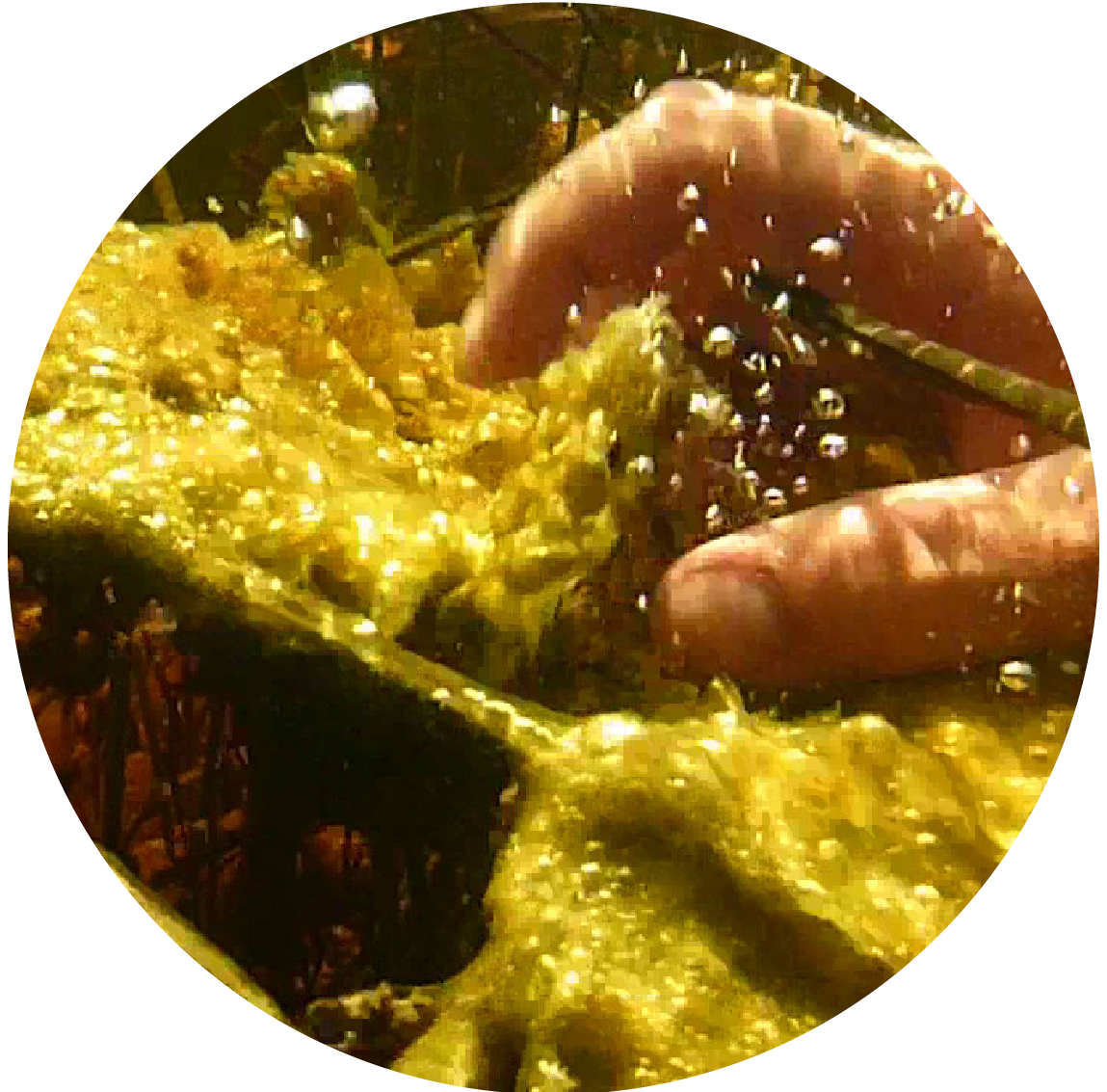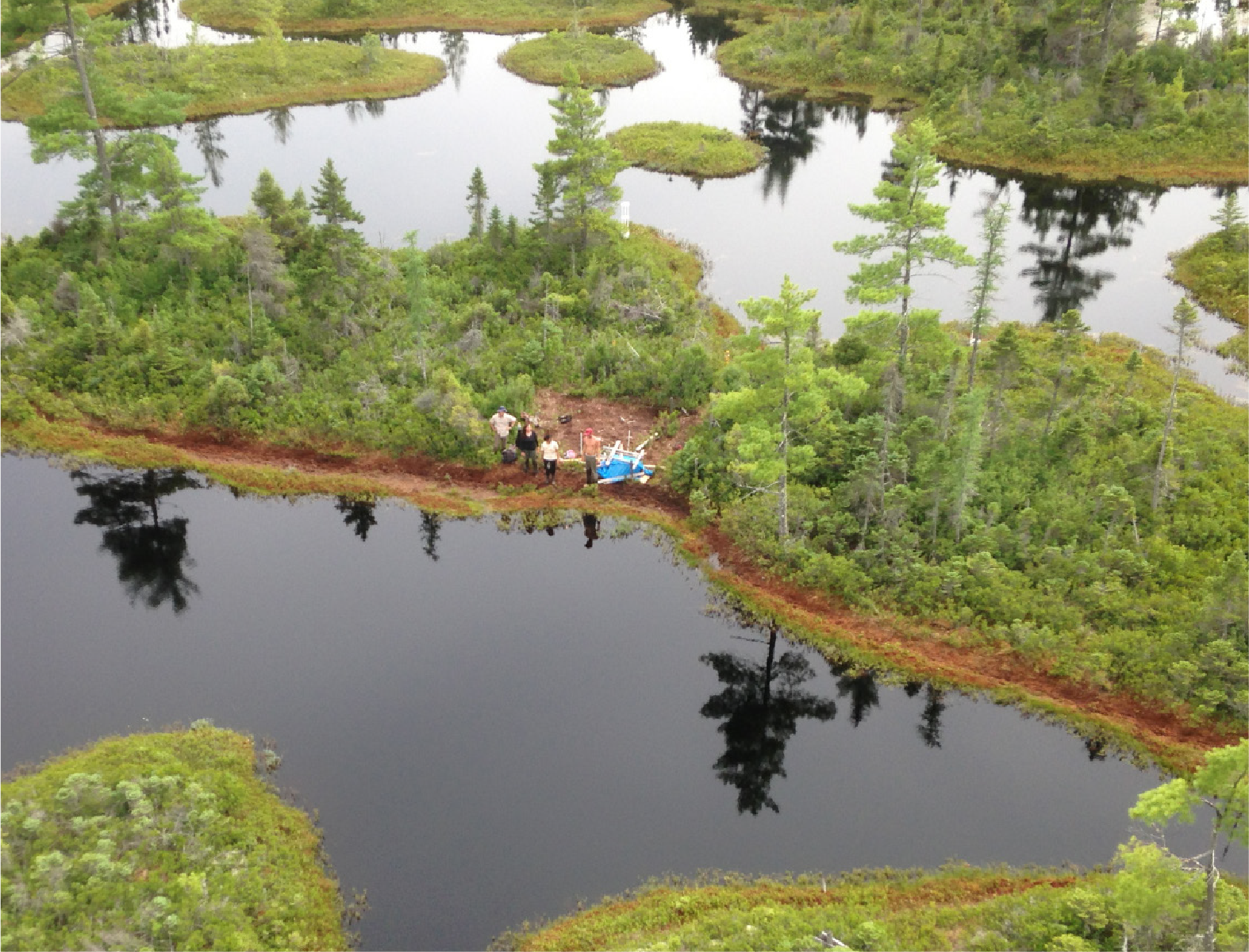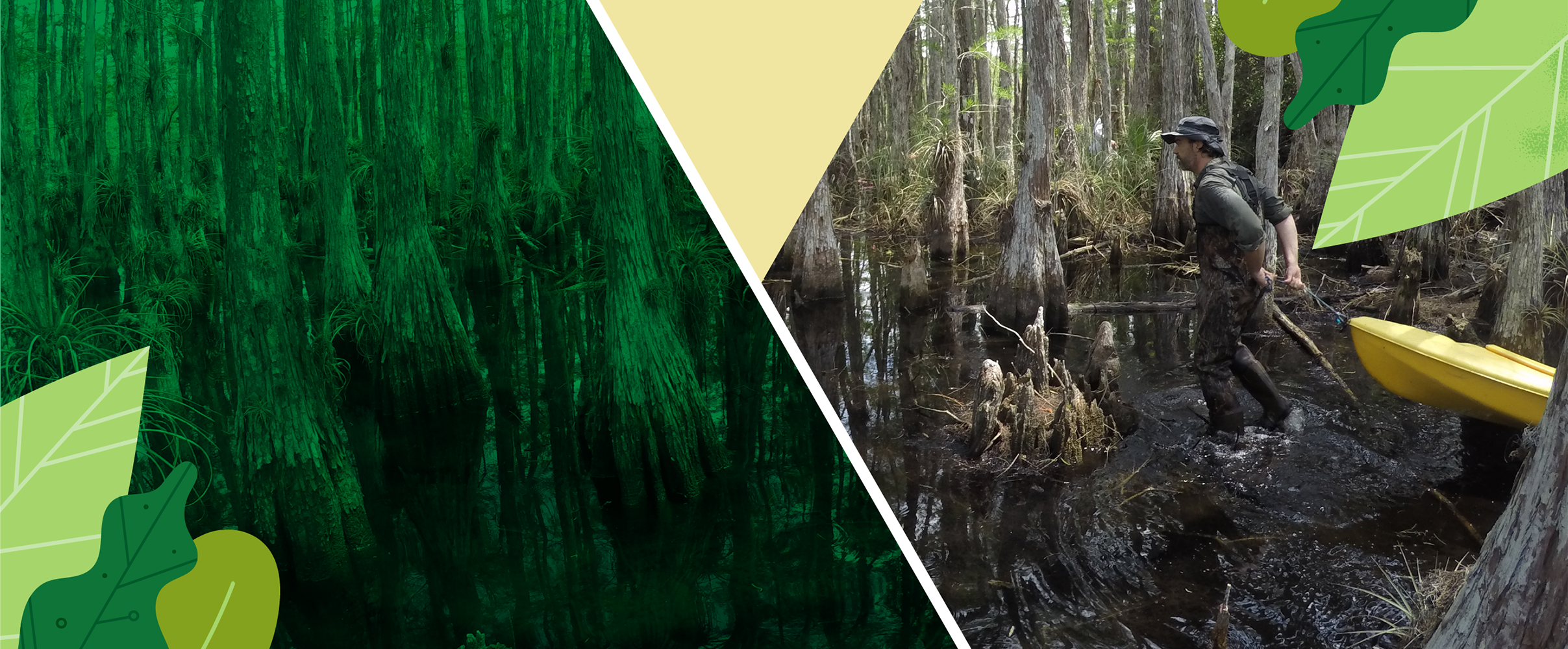Formed over thousands of years from decaying organic matter, peat soils are the heart of swampy wetlands like the Everglades.
But as sea levels rise and saltwater intrudes on these freshwater systems, the spongy peat crumbles and collapses, and with it comes a host of problems like habitat loss for many species, or carbon emissions in the form of greenhouse gases (like carbon dioxide and methane) that are released into the atmosphere and can accelerate global warming.
Exactly how this process happens is not well understood, and a research focus of Xavier Comas, Ph.D., professor in the department of geosciences in the Charles E. Schmidt College of Science. Comas is also leading the Environmental Geophysics Lab at FAU. Wetlands, and specifically peatlands, are one of the larger natural producers of greenhouse gases in the world, said Comas, adding that wetland loss has dramatic effects for the environment.
“We saw this first hand while conducting research during the 2015 fires in Indonesia, that resulted in 3% of the world’s entire greenhouse gas emissions for that year in only three months and was linked to more than 100,000 premature deaths in the region due to smoke exposure,” he said.
Comas uses near-surface geophysical methods in a variety of ways to image peatland dynamics and processes around the world — from the Everglades in Florida, and boreal systems in Maine, to the Arctic, Ecuador and Indonesia, or upcoming projects in Africa and South America. Along with colleagues, he has pioneered the use of some of these techniques (like ground-penetrating radar, GPR) to image greenhouse gas deposits in peat soils and infer gas production and release to the atmosphere. “One of the unique aspects of these methods for imaging the subsurface is that they can be deployed either directly from the ground or airborne from helicopters. Drone technology is also opening up new venues that we are exploring and were unthinkable 10 years ago,” Comas said.


Above: Aerial shot of a Caribou Bog in Maine.
Photography by William Wright, Ph.D.



